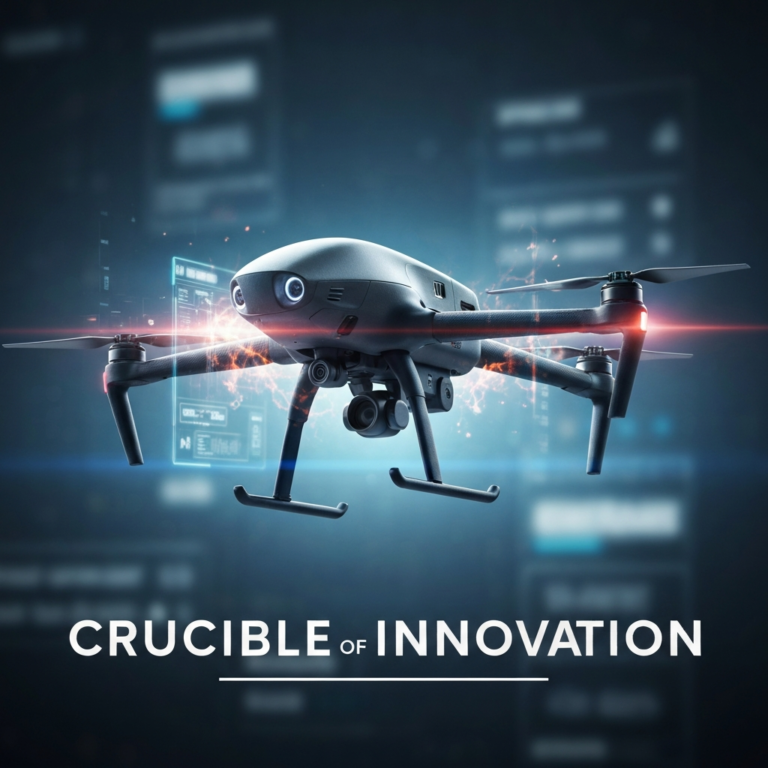Introduction
Artificial Intelligence (AI) is transforming various industries, and solar energy is no exception. In Australia, where renewable energy is expanding rapidly, AI plays a critical role in optimizing solar farm operations. From monitoring performance to predicting maintenance needs, AI-driven technologies are making solar farms more efficient and cost-effective. This revolution in energy management is crucial for the sustainability and future growth of renewable energy across the globe.
The Role of AI in Solar Farm Operations
AI has a profound impact on solar farm management. Through machine learning and predictive analytics, AI algorithms are trained to analyze massive amounts of data collected from solar panels, weather conditions, and historical performance. This data-driven approach helps solar farm operators to predict issues before they become costly problems.
For example, AI systems can forecast dips in energy production caused by weather anomalies or equipment malfunctions. By identifying these issues in advance, operators can schedule timely maintenance and avoid significant losses in energy output.
Case Study: AI-Driven Solar Farm Optimization in Australia
One notable case study comes from a solar farm in New South Wales, Australia, where AI technology was deployed to monitor and enhance performance.
Methodology
- Data Collection: The AI system gathered real-time data from solar panels, inverters, and weather stations.
- Performance Monitoring: The AI continuously analyzed the data to detect deviations from expected energy output.
- Predictive Maintenance: By studying patterns in the data, the AI predicted when equipment, such as inverters or panels, needed maintenance or replacement.
Results
- Energy Output Increase: The AI system improved energy output by 12%, increasing efficiency and reducing operational costs.
- Maintenance Cost Reduction: Predictive maintenance decreased unplanned outages by 30%, saving the farm approximately AUD 500,000 in a year.
- Downtime Reduction: Scheduled maintenance resulted in 40% less downtime, maximizing energy production during peak hours.
- Environmental Impact: The optimized operations reduced carbon emissions by an estimated 4,000 metric tons annually, contributing to Australia’s renewable energy goals.
Challenges and Criticisms
While AI has brought numerous advantages, some challenges remain. One key issue is the high upfront cost of implementing AI technology in solar farms. Smaller operators may find it difficult to justify the investment, despite the long-term savings. Additionally, AI systems require significant amounts of data to function effectively, which may not be available in all regions or from older solar installations.
There are also concerns about the reliability of AI predictions in extreme weather conditions, where deviations can be harder to predict. Critics argue that while AI can optimize routine operations, it may still fall short when unexpected weather patterns disrupt solar energy production.
The Future of AI in Renewable Energy
Despite these challenges, the role of AI in solar energy will only continue to grow. As more solar farms adopt AI-driven solutions, the technology will become more affordable and accessible to smaller operators. Moreover, advances in AI algorithms will likely improve prediction accuracy, even in unpredictable weather conditions.
With Australia setting ambitious targets for renewable energy, the adoption of AI is not just a trend—it’s a necessity. AI will help solar farms maximize their potential, reduce costs, and contribute to the nation’s environmental sustainability.
Conclusion
AI is already proving its value in Australia’s solar farms by increasing efficiency, reducing downtime, and cutting maintenance costs. While challenges remain, the benefits far outweigh the drawbacks. As AI continues to evolve, it is expected to play an even more vital role in shaping the future of renewable energy in Australia and beyond.
Back to main article



